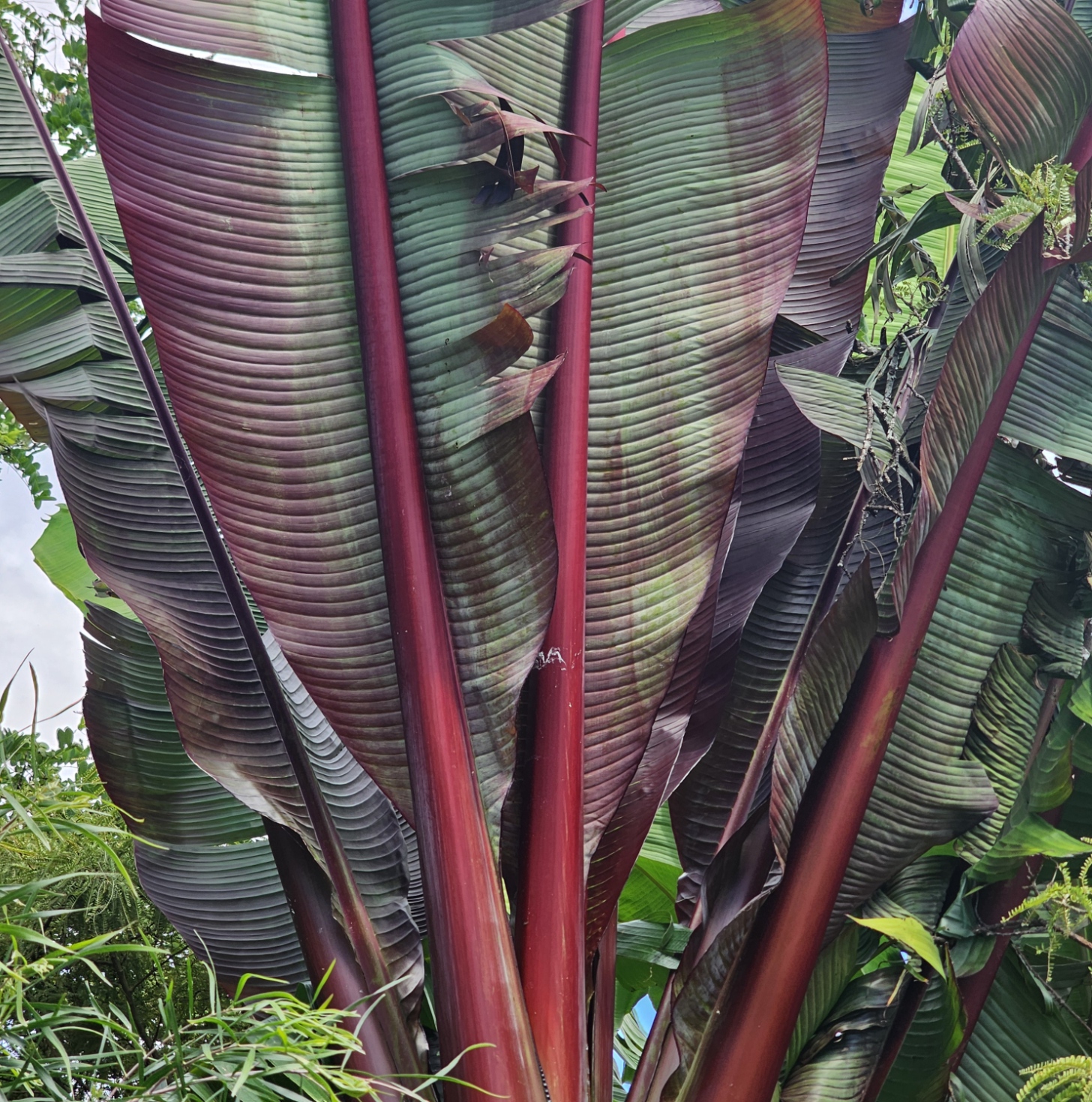Kia ora, gardeners! As a gardening expert in the Bay of Plenty, I know one of the biggest challenges we face is finding plants that can handle our two biggest forces of nature: shade and wind. The sea breezes can be relentless, and many of us have fences, buildings, or large trees that cast long shadows. But don’t despair! With a little know-how, you can create a beautiful, lush garden in even the toughest spots.
Here’s my expert guide to filling those tricky areas with plants that will not just survive, but truly thrive.
The Secret to Success: Native Power
My first piece of advice is to look to our own backyard. Native New Zealand plants are hardy for a reason—they evolved right here to handle our unique conditions. They’re often the best choice for a shady, windy spot.
My Top Plant Recommendations for Shade and Wind:
- Harakeke (Flax): This is a true Kiwi icon for a reason. Harakeke is incredibly tough, a natural windbreak, and can handle a surprising amount of shade. Its long, sword-like leaves add beautiful structure to any garden. Plus, the flowers are a magnet for tūī!
- Kōwhai: While it prefers a sunny spot, the small-leaved kōwhai (Sophora microphylla) can tolerate a fair amount of wind and light shade. Its delicate foliage and stunning yellow flowers in spring will light up any gloomy corner.
- Hosta: These are the superstars of the shade garden. With their large, lush leaves, hostas come in a variety of shades from bright green to deep blue. They add fantastic texture and thrive even in deep shade. Just remember that snails and slugs love them, so keep an eye out for those pests!
- Hebe: We have a huge variety of hebes in New Zealand, and many are excellent for windy and exposed areas. Hebes are known for their compact, tidy shape and beautiful flowers that bees adore. They’re a perfect filler for the middle and front of a garden bed.
- Corokia: With its zig-zagging branches and small, silvery leaves, corokia is another tough native that can be used as a windbreak or a structural plant. It’s tough as nails and can handle a wide range of conditions, including coastal winds.
- Puka (Meryta sinclairii): If you’re looking for a tropical feel in a shady, sheltered spot (out of the worst of the wind), the puka is a showstopper. It has massive, glossy green leaves that add incredible drama. While it can handle some wind, it’s best placed where it can get some protection.
Expert Tips for a Thriving Garden
- Improve the Soil: Even the toughest plants need good soil to get established. Before planting, mix in some compost to improve drainage and add nutrients.
- Create Windbreaks: If you have a really windy spot, consider planting some tough, taller shrubs like harakeke or a hedge of corokia to provide a bit of shelter for more delicate plants. This is often the first step to a successful garden.
- Mulch, Mulch, Mulch: A thick layer of mulch around the base of your plants will help hold moisture in the soil and protect the roots from harsh winds.
- Water Well at Planting: Giving your new plants a really good soak after planting helps them settle in and prevents them from drying out in the wind.
So don’t let a shady, windy spot intimidate you. With these hardy plants and a few clever tricks, you can create a beautiful and resilient garden that you’ll love all year round. Happy planting!



